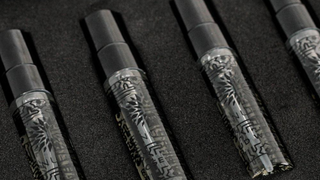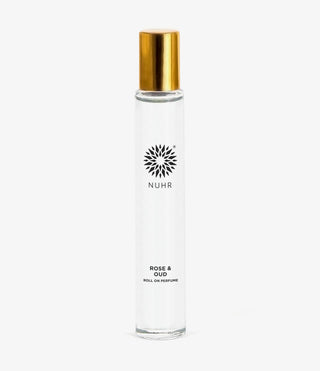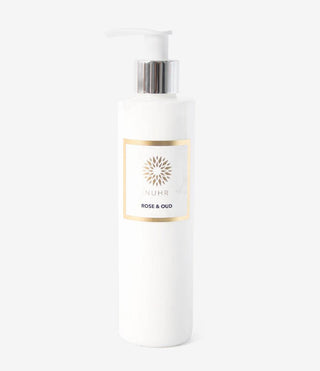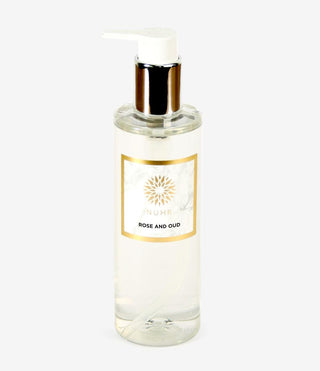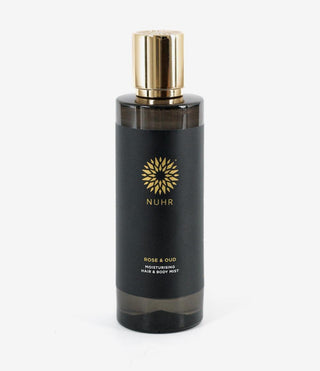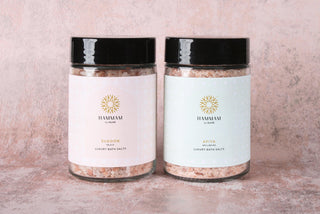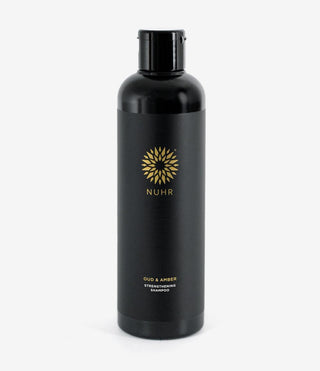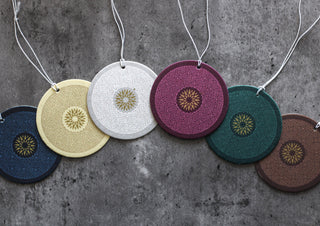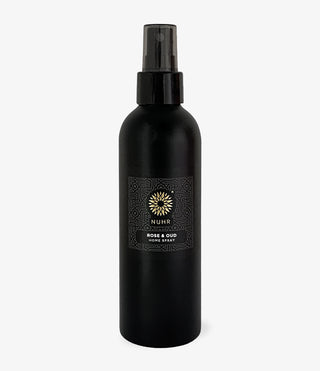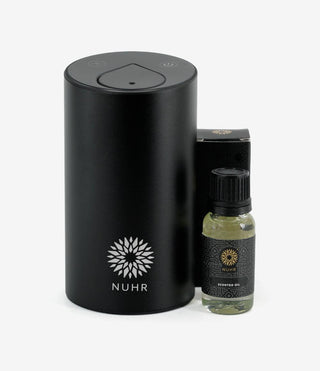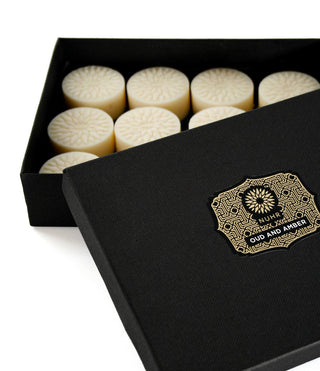When shopping for candles, most people focus on fragrance, color, or packaging. But if you want a candle that performs well and supports your lifestyle, the wax matters most. Wax influences how cleanly a candle burns, how long it lasts, and how well it carries scent. Among all the wax options available, soy wax stands out as the best overall choice for most shoppers.
WHY WAX TYPE MATTERS
Candle wax isn’t just a structural element—it’s the fuel that powers the flame. Different waxes offer different burn qualities, scent dispersion, environmental impact, and even aesthetic appeal. Understanding the strengths and weaknesses of each type can help you choose a candle that aligns with your values and expectations.
SOY WAX: THE BEST WAX FOR CANDLES
Soy wax burns cleanly, producing little to no soot, which is better for indoor air quality and reduces the risk of staining walls or ceilings. It is an excellent option for allergy sensitive households or those looking to avoid synthetic materials.
Longer Burn Time = Better Value
Soy wax burns more slowly than most other waxes, meaning you get more hours out of every candle. This makes soy wax candles not only eco-friendly but also cost effective in the long run.
Excellent Scent Throw (Without Being Overwhelming)
While soy wax doesn’t have the intense fragrance saturation of paraffin, it offers a well balanced scent throw. It fills a room without overpowering it, making it ideal for people who prefer a more refined aromatic experience. This is one of the reasons we chose soy wax for our luxury oud candles.
Made from Renewable Resources
Derived from soybeans, soy wax is biodegradable and renewable. This makes it a far better environmental choice compared to petroleum based waxes.
OTHER WAX TYPES
While soy wax stands out as the top choice, here are other common waxes you may encounter while shopping for candles and why they may (or may not) be the right fit for you.
Paraffin Wax: Powerful Scent but Environmental Drawbacks
Paraffin wax is inexpensive and holds fragrance and color extremely well. That is why it is widely used in many mass market candles. However, it is a petroleum byproduct, which raises concerns for anyone prioritising clean indoor air and environmental responsibility.
Paraffin also tends to burn hotter and faster, which means you’ll go through candles more quickly. It produces more soot, and without proper care (like trimming the wick), this soot can collect on nearby surfaces or irritate respiratory systems.
Beeswax: Premium Performance with a Natural Touch
Beeswax is a natural wax with a long history. It offers the longest burn time of any candle wax and produces a gentle, natural scent even without added fragrance. It is clean-burning, virtually smoke free, and often praised for its warm glow.
However, beeswax comes at a higher cost and is not a vegan option, which may not align with everyone’s values. It’s best suited for premium candles or minimalist designs where fragrance isn’t the main feature.
Coconut Wax: A High-End Alternative (Often Blended)
Coconut wax is another plant based option with excellent scent retention and a soft, creamy texture. It burns cleanly and is derived from a high yield, sustainable crop. On its own, it is not as widely available and is often blended with soy to create a wax that’s easy to pour and more cost-effective.
For shoppers looking for luxury or boutique candles, coconut wax can be a great choice but it typically comes at a higher price point.
Blended Waxes: Custom Formulas for Balanced Performance
Some candles use wax blends, combining paraffin, soy, or coconut wax to achieve a particular effect. These blends can enhance scent throw, stabilize burn quality, or improve appearance. However, unless clearly labeled, it’s difficult to know what proportions are used, and the benefits of soy may be diluted in the process.
Look for blends that prominently feature soy as the base ingredient to ensure you’re still getting a cleaner, more eco conscious product.
Palm and Gel Wax: Best for Decorative, Not Everyday Use
Palm wax creates unique crystalline finishes and is often used in decorative pillar candles. Gel wax is used to make clear, novelty candles with embedded designs. While visually interesting, these waxes are less practical for everyday use and can raise concerns about sustainability and indoor air quality.
DON’T FORGET THE OTHER CANDLE ELEMENTS
While wax is critical, it’s not the only factor. The wick type, fragrance oil quality, and container design all affect a candle’s performance. Even a high quality soy wax candle can perform poorly if paired with an oversized wick or low-grade scent. The wick plays an important role in determining whether the candle flame will be high or low.
Look for candles that feature cotton or wood wicks, phthalate-free fragrance oils, and sturdy containers that complement the wax’s melting behavior. It may also be worth your time to learn how to fix candle tunnelling so that you get the most enjoyment out of every single candle.
Not a fan of open flames? Consider using wax melts vs candles. Wax melts provide fragrance without the use of a flame.
CHOOSE SOY WAX FOR THE BEST OVERALL CANDLE
With its clean burn, long lasting performance, solid scent throw, and sustainable origin, soy wax remains the best choice for most candle shoppers. Whether you’re buying your first artisan candle or adding to a growing collection, choosing soy wax ensures you're investing in a product that balances performance with environmental responsibility.
The next time you're browsing candle options, check the label. If it says "100% soy wax" or "soy-based blend," you're likely making a smart, high-quality choice that burns cleanly, smells great, and aligns with your values.
FREQUENTLY ASKED QUESTIONS
What is the cleanest burning candle wax?
Soy wax and beeswax are both considered clean burning options, but soy wax is the most accessible and widely used for low soot, non toxic candles.
Are soy wax candles better for allergies?
Yes, soy wax is free of synthetic additives and produces minimal soot, making it a better option for allergy sensitive households.
Do soy candles smell as strong as paraffin candles?
Soy candles offer a balanced scent throw that fills a room without being overpowering, while paraffin can deliver a stronger but sometimes more artificial aroma.
How can I tell if a candle is made from soy wax?
Check the label or product description, look for terms like "100% soy wax" or "soy based blend." If it’s not listed, it may be paraffin or a mixed wax.
Can soy wax candles last longer than other types?
Yes, soy wax burns slower and cooler than many other waxes, meaning soy candles often last longer than paraffin or blended wax candles.


